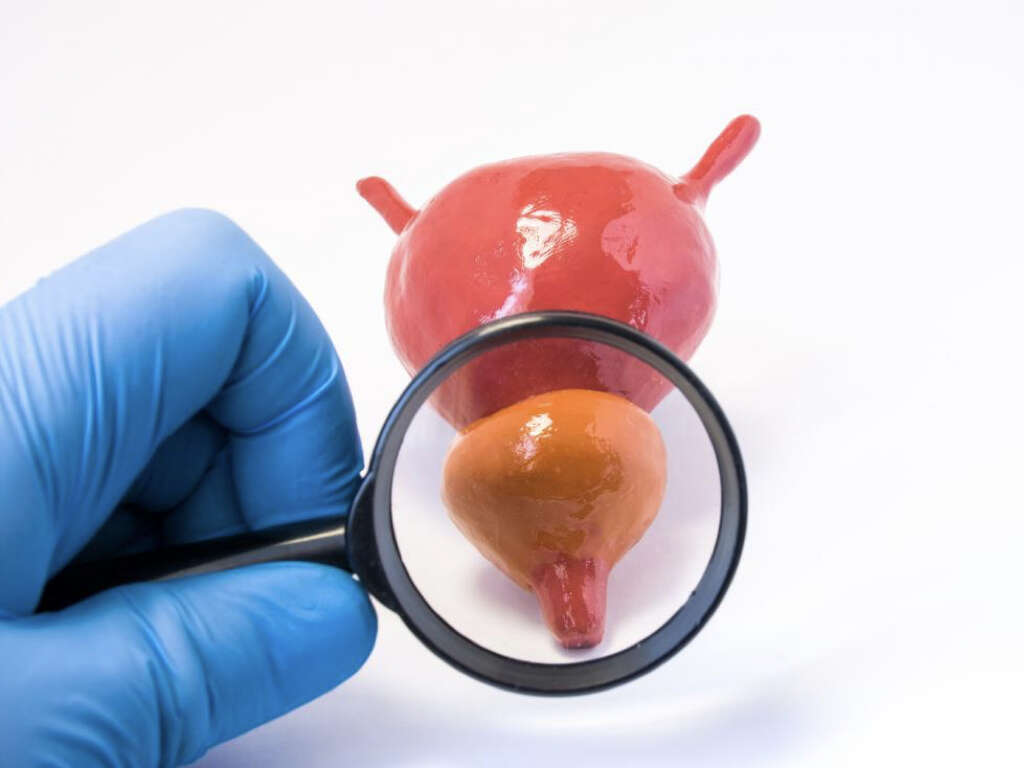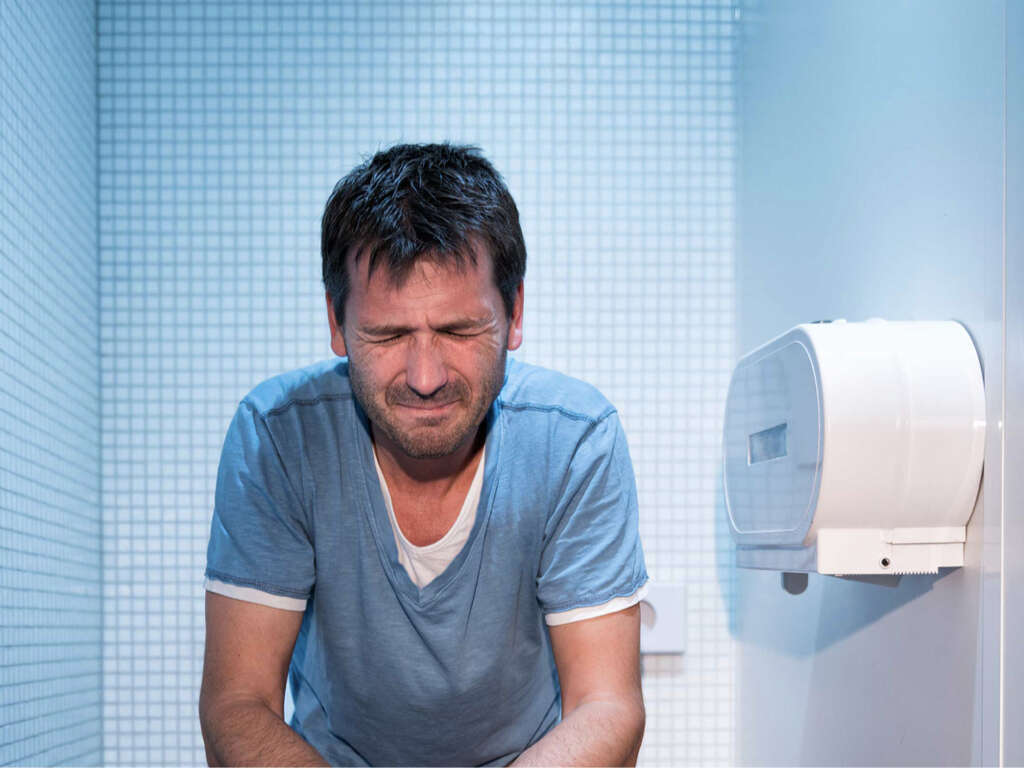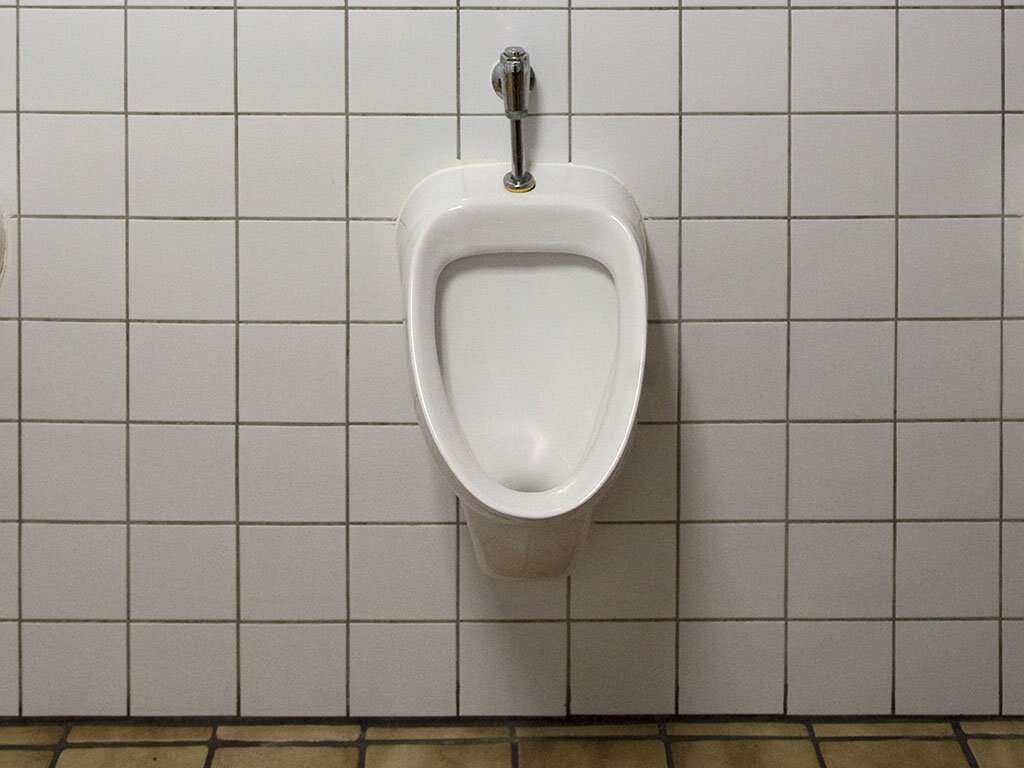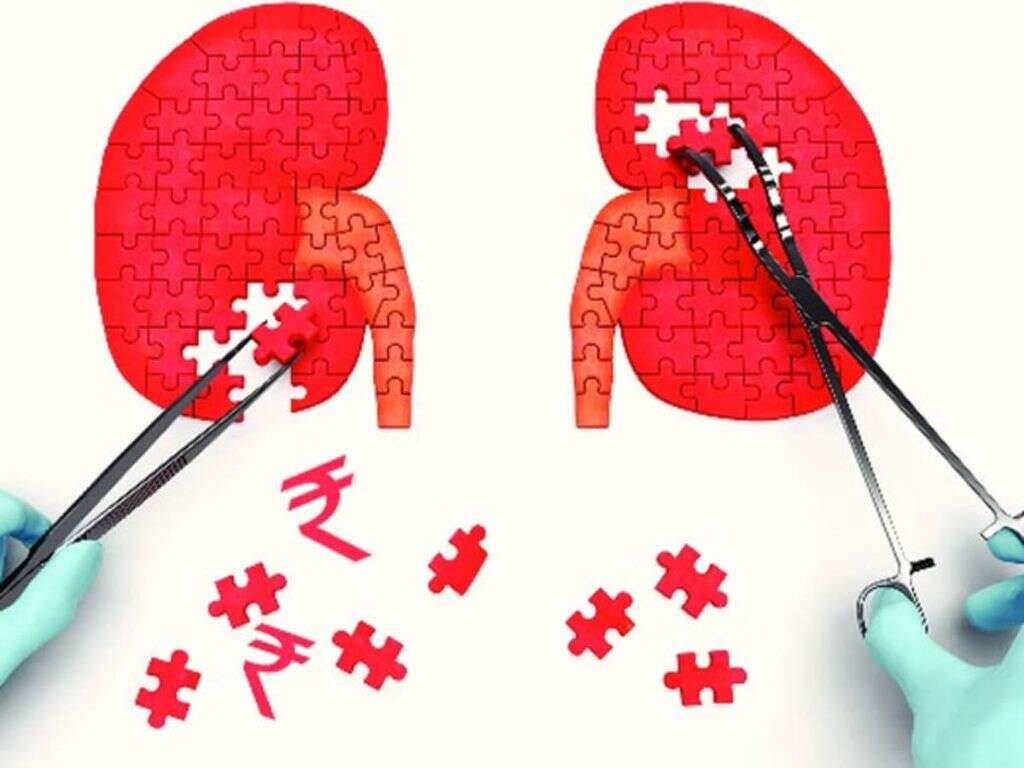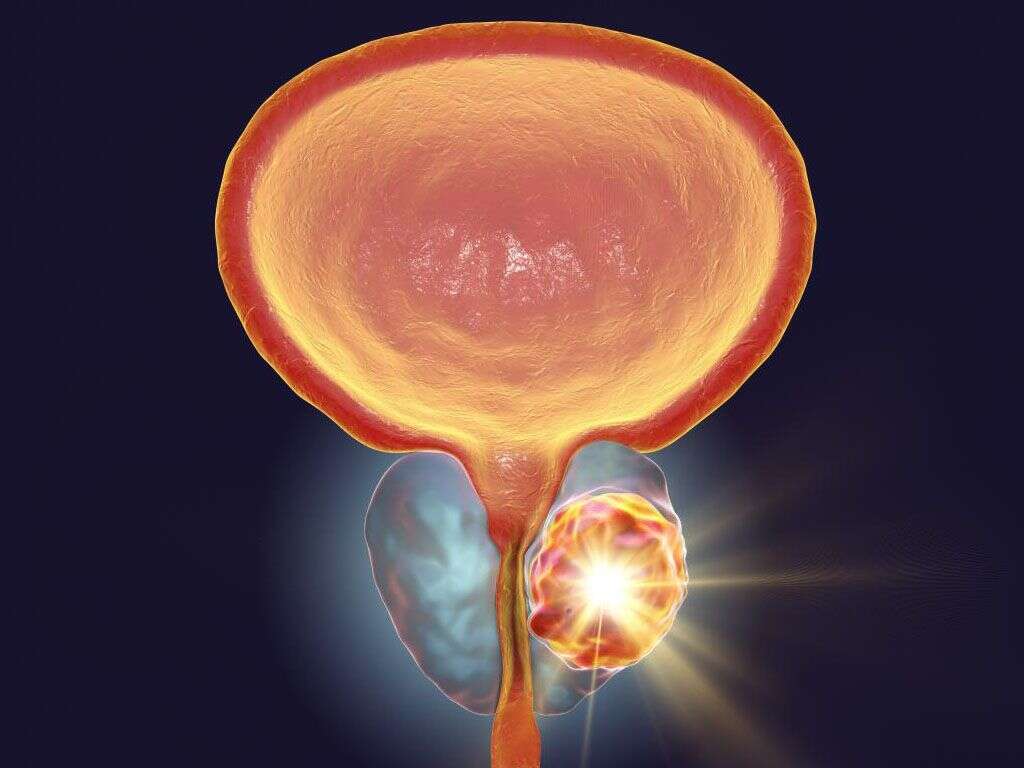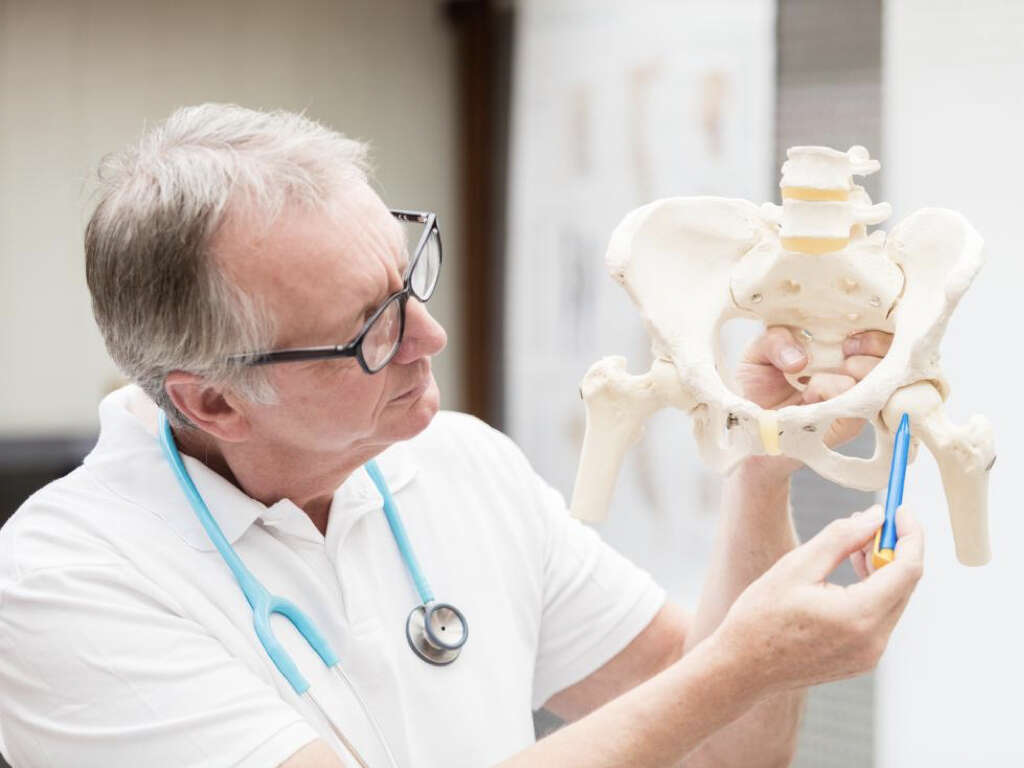10 Prostatitis Symptoms
Prostatitis is a condition that’s most notably marked by an inflammation of the prostate gland. There are a number of things that can contribute to prostatitis, such as infections or other health issues. The problem is quite common, with almost 2 million Americans seeking help for the issue on a yearly basis. About 10% of all men experience prostatitis at some point during their lives. Depending on the cause and the patient’s lifestyle, prostatitis can either be acute, chronic, or recurring. There are several different classifications as a result.
Acute bacterial prostatitis is caused by a bacterial infection. The patient will demonstrate urinary tract infection symptoms and perhaps other general symptoms that are typical of an infection. Acute bacterial prostatitis is the least common variety. Chronic bacterial prostatitis is similar to the previous kind but occurs several times. Symptoms often disappear between flareups. Unfortunately, this particular type of the condition can be difficult to treat.
Chronic prostatitis is a recurring condition that is not caused by bacteria. It may or may not be related to inflammation; otherwise, no particular cause has been identified by the medical community. Symptoms tend to wax and wane depending on the patient’s health and other factors. The fourth and final type of prostatitis is known as asymptomatic inflammatory prostatitis. This condition doesn’t lead to any symptoms and is usually only identified when a patient is getting a checkup for infertility or cancer.
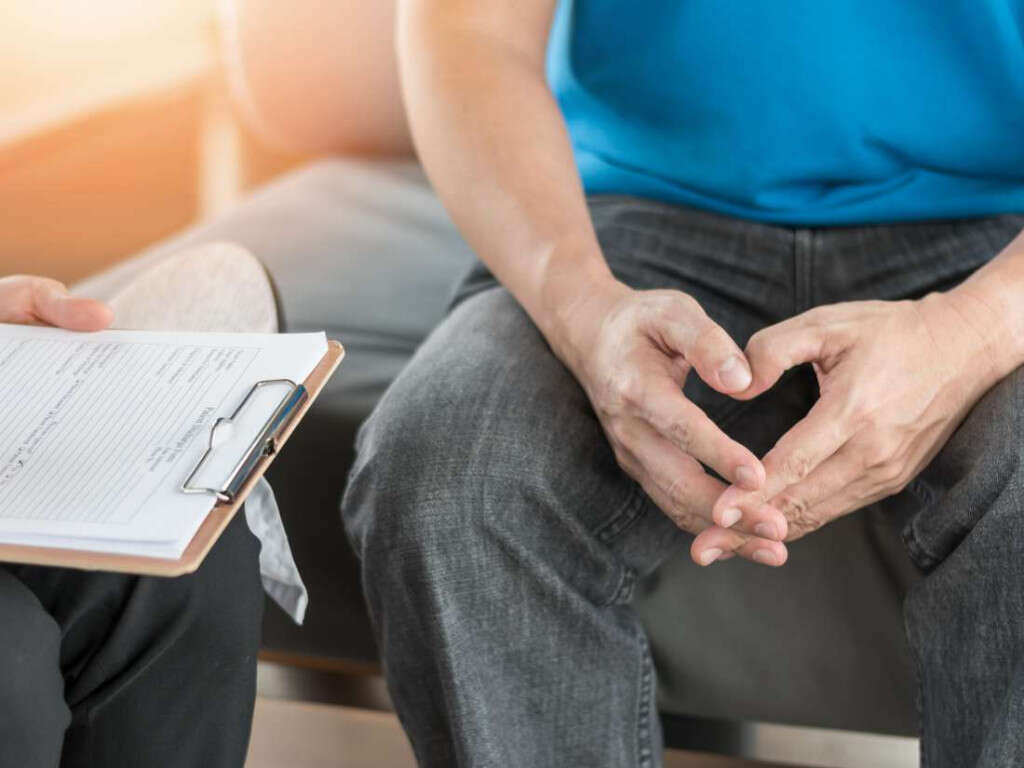
Symptom #1: Painful Urination
One of the most common symptoms associated with prostatitis is painful urination.
While there are many conditions and problems that can lead to someone experiencing painful urination, in most cases it’s important to get a checkup with your healthcare provider to ensure that you’re not struggling with a problem that could get worse.

Symptom #2: Blood in the Urine
Many men experiencing prostatitis report that they see blood in their urine. The blood may come out in various shades of red. Some people observe blood in their urine to be a shade of brown or simply as dark urine.
If you experience blood in your urine then this is a sure sign that you should get checked up by your healthcare provider. They will help you determine the problem and help you find a solution.
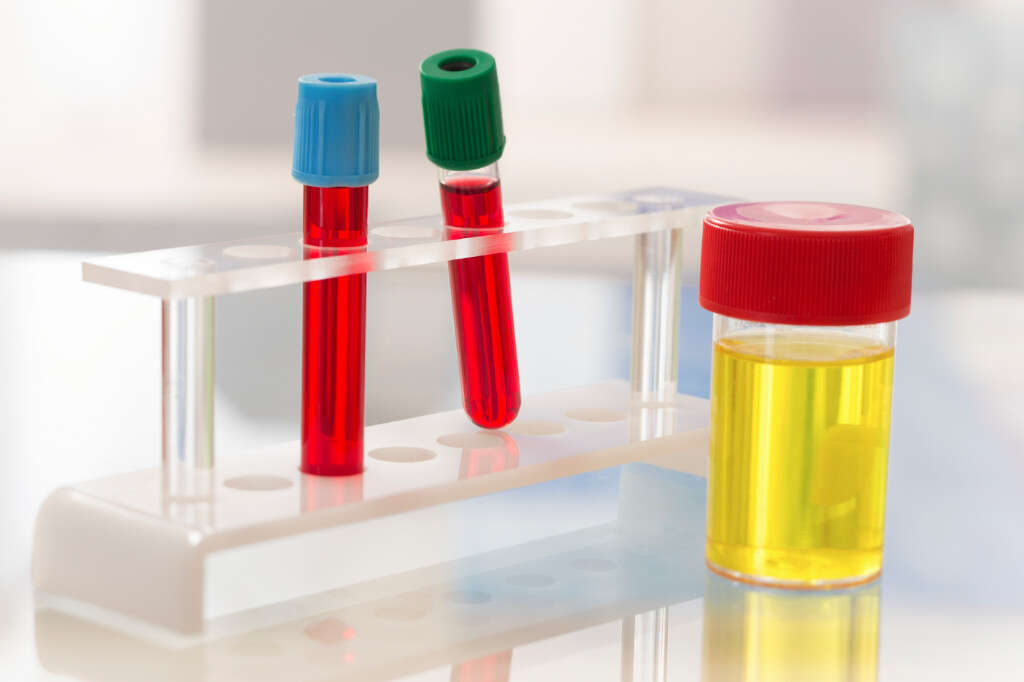
Symptom #3: Groin Pain
The groin is a part of your hip that’s located between your stomach and your thigh. The groin is the area where your abdomen stops and your legs begin. In the groin, there are several muscles involved in the movement of your legs.
Patients with prostatitis often report that they experience pain in the groin area. Pain can also be experienced in the testicles, the penis, above the pubic bone, the area between the testicles and anus, among others. This pain can come as a slow throbbing or a sharp pain and often persists. If you are experiencing pain the best course of action is to see your medical provider so you can seek a long-term solution.
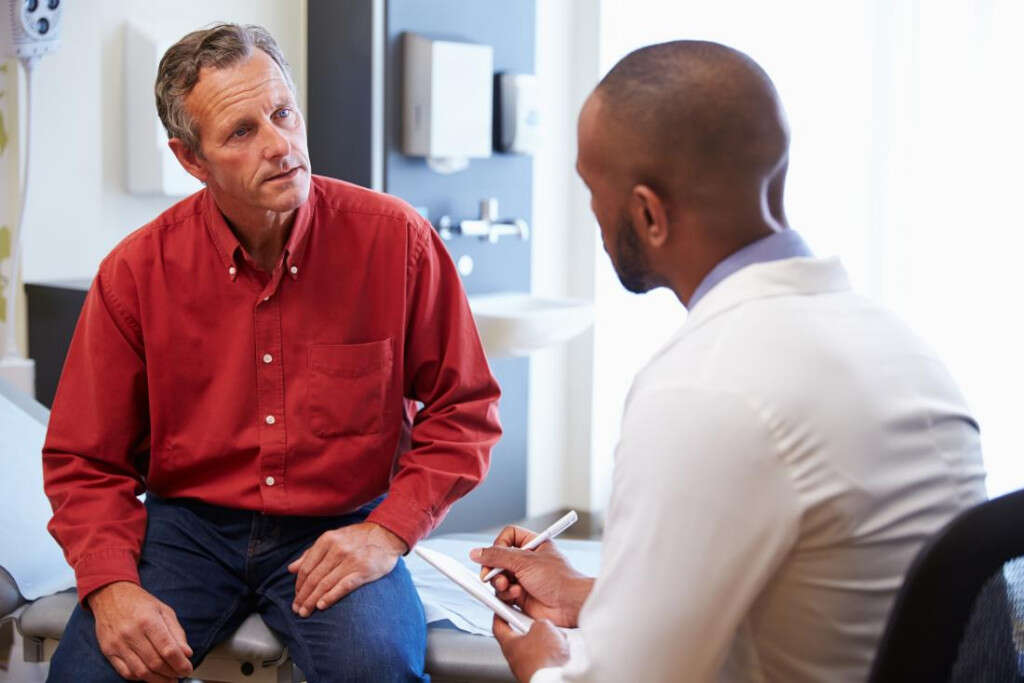
Symptom #4: Nausea
Earlier, we mentioned that prostatitis can be the result of a bacterial infection and cause flu-like symptoms. One of the symptoms most commonly associated with the flu is nausea, a queasy-sick feeling that may or may not precede vomiting.
Nausea is an indication that your body is processing something that it believes does not belong inside. In this case, the invader is bacteria that is causing inflammation of the prostate. Not everyone with prostatitis will experience vomiting in addition to their nausea, but some may. Over-the-counter or herbal antiemetics are usually enough to manage the nausea caused by prostatitis.

Symptom #5: Rectal Pain
The rectum is the area in your large intestine where feces are held before they are passed out of the body. The prostate itself is also located in this region, so it’s natural that you may experience some pain in the rectum and the surrounding area if you’re struggling with prostatitis.
In many cases, doctors may recommend small doses of over-the-counter anti-inflammatory drugs which can help to soothe this discomfort. Unfortunately, these drugs are known for being harsh on the digestive system and should be used in moderation. It is best to speak with your doctor about the best ways to control your pain.
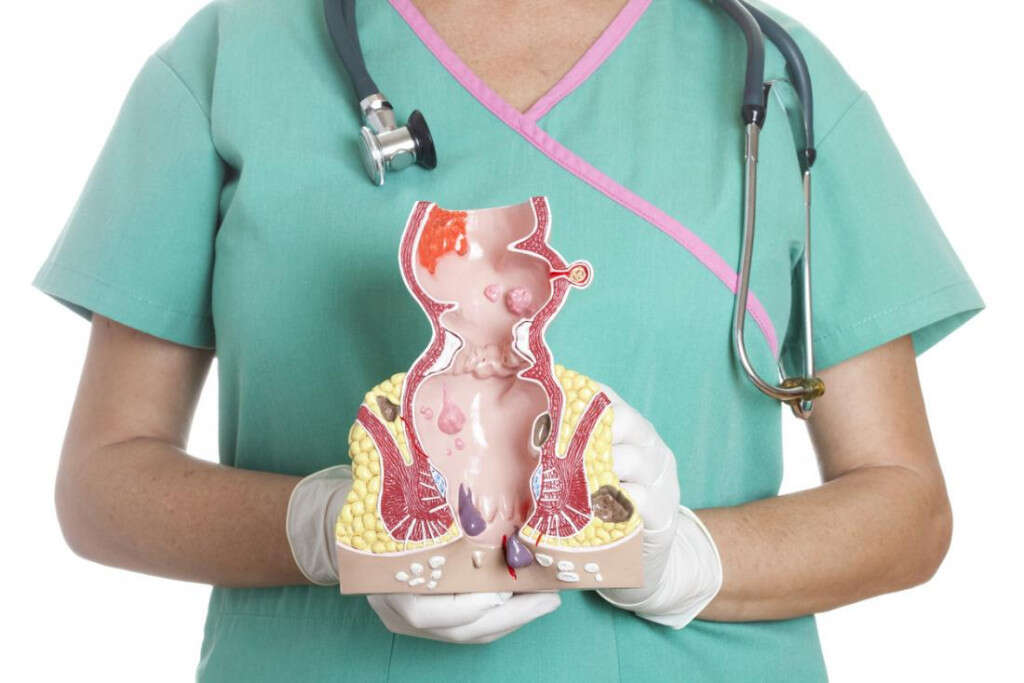
Symptom #6: Fever
Another symptom that people might notice if they’re struggling with prostatitis is a fever. Again, a fever generally tends to occur if the problem is caused by a bacterial infection.
A fever is an immune response that the body produces when it detects something like bacteria or a virus in the body. By raising the body’s internal temperature, the immune system gains the upper hand on many viruses and bacteria and is thus able to send its offensive cells, known as T-cells, to attack the foreign body. A fever may be uncomfortable, but it’s a sign that your immune system is doing its job properly.
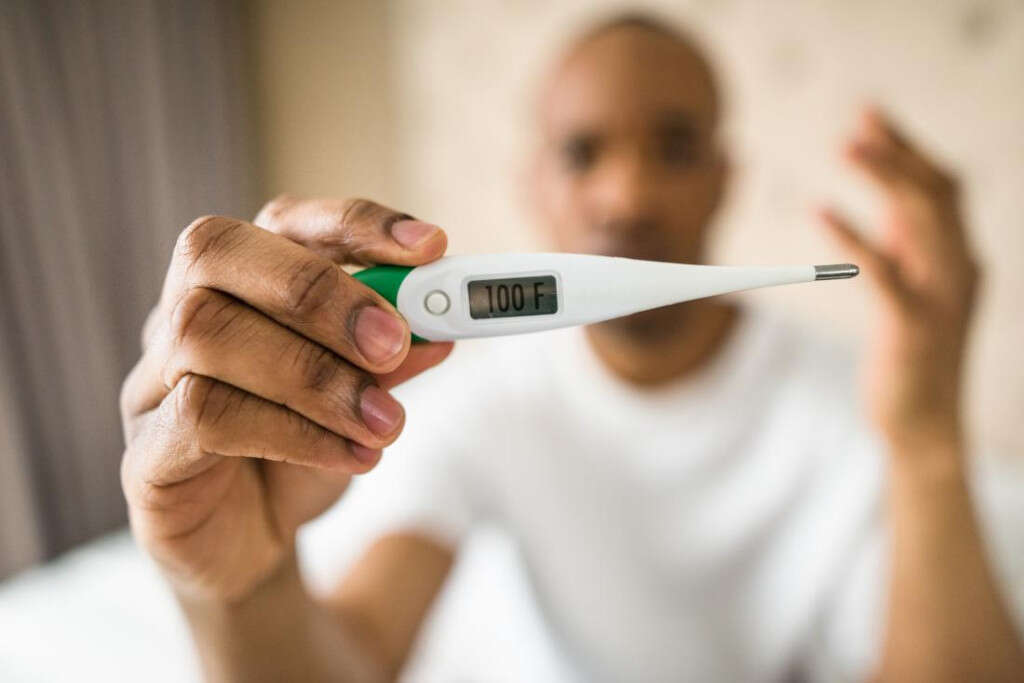
Symptom #7: Chills
Patients with prostatitis may experience the chills, another flu-like symptom caused by a bacterial infection. The chills are a sensation of being cold, regardless of the temperature outside or how many layers you might be wearing.
Many people experience brief shivers when they are struggling with the chills, and they often accompany a fever.

Symptom #8: Discharge
Many people who experience prostatitis might experience some sort of discharge from their urethra. This discharge, which will leak out of the tip of the penis, may be yellow or white in color. This leakage comes from the inflamed and infected prostate and must be passed through the urinary tract to be excreted.
Discharge may or may not be accompanied by pain and discomfort, and can occur in patients struggling with all different forms of prostatitis.

Symptom #9: Malaise
Malaise is a general feeling of unease, discomfort, and tiredness that often accompanies bacterial and other forms of infection. Many patients with malaise also experience body aches and find that it’s difficult to dedicate as much energy to their daily activities as they could before.
Malaise can occur with all forms of prostatitis but is more likely to occur with a bacterial form of the illness.

Symptom #10: Sexual Dysfunction
Another symptom that people with prostatitis often experience is sexual dysfunction. This can come in many forms, most notably erectile dysfunction. Some people also report an increase in premature ejaculation or changes in the physical pleasure that they receive when having sex.
There are many causes for sexual dysfunction, however, so this alone isn’t enough to believe that you’re struggling with prostatitis.




